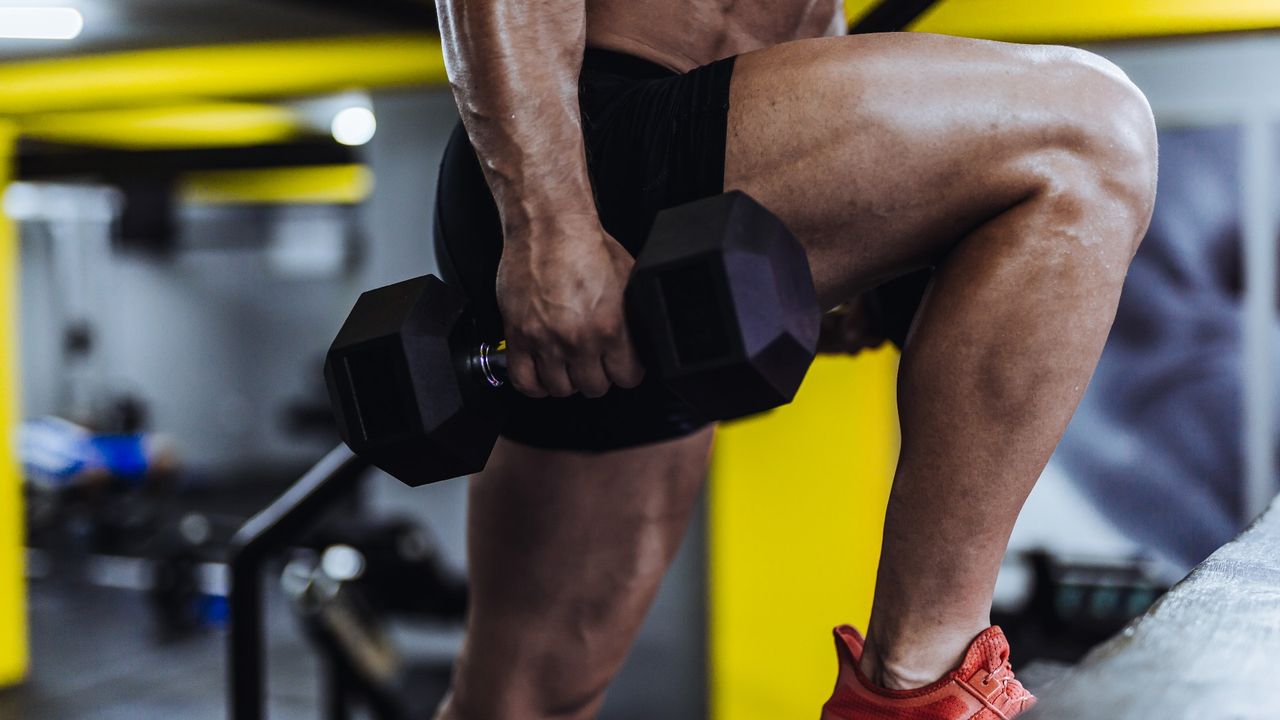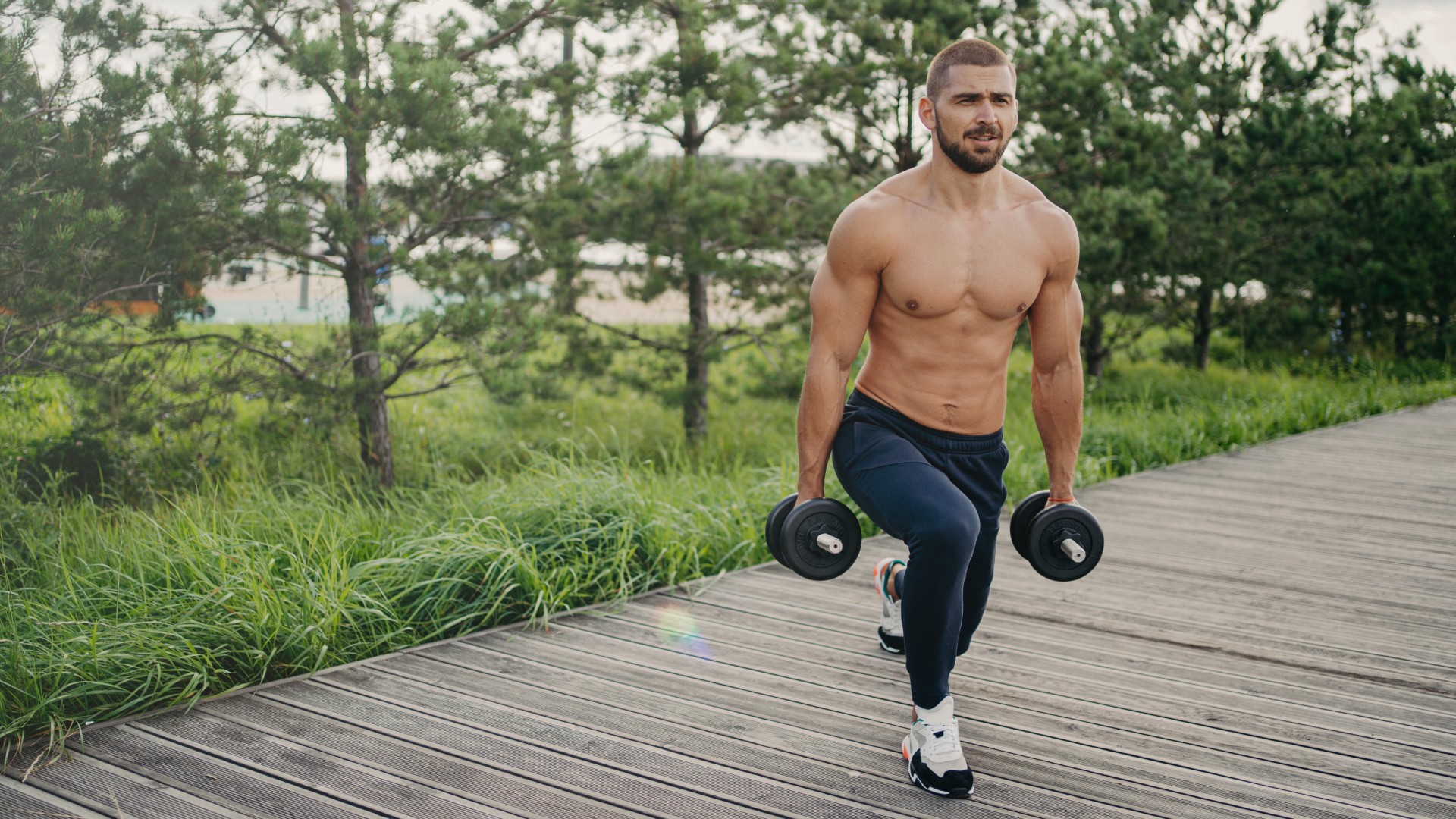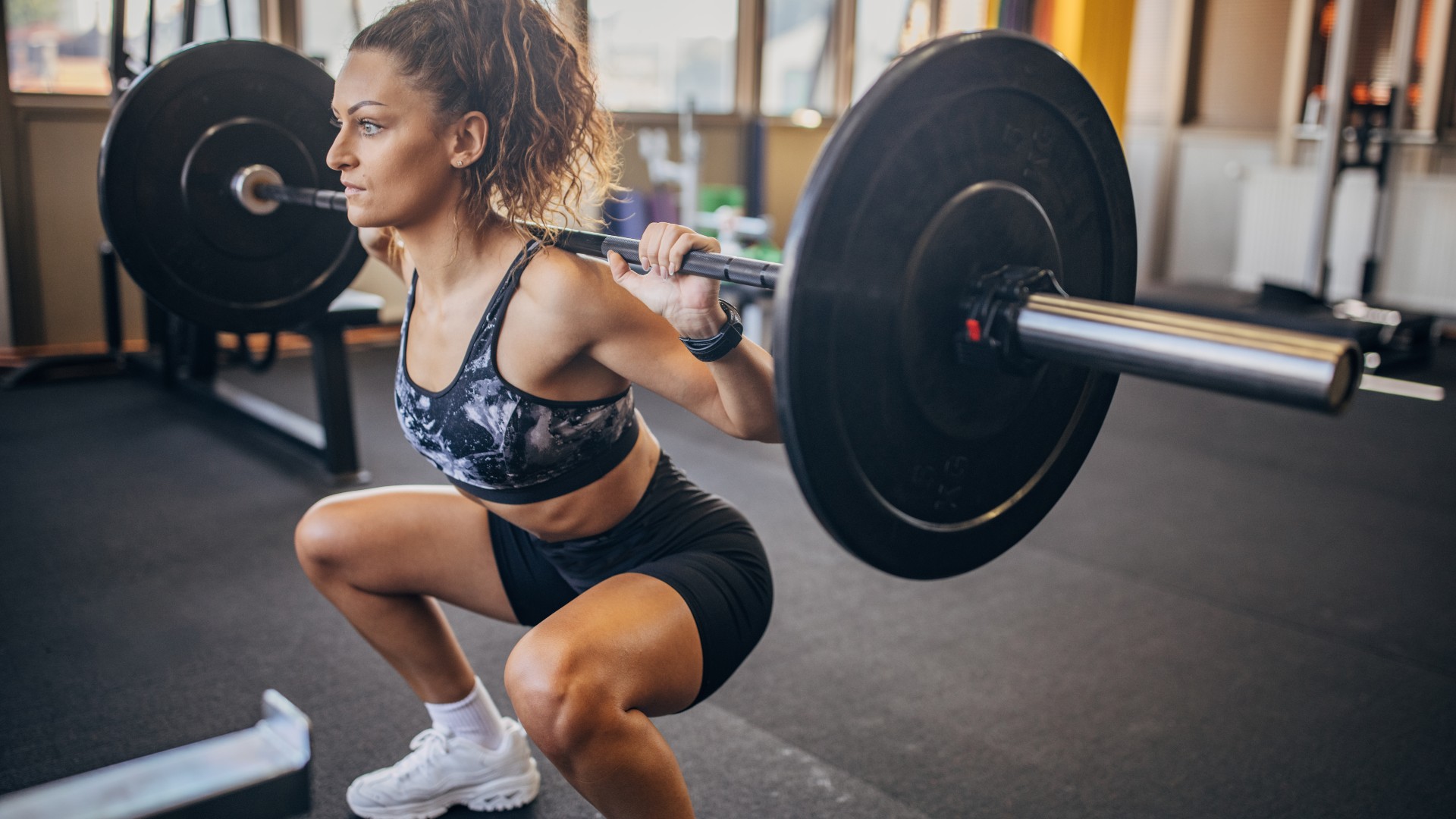
Feared by many, "leg day" is a necessary evil that we just have to get through, but are you training your legs properly when you do? One study says probably not.
The research for the study, conducted by Muscle Booster, shows that only 9% of Brits train all the key lower body muscles, which means that while a third claim to prioritize leg day, many don’t have a balanced strength program that includes all the muscle groups.
Here’s what the study found, plus how to fix your program, according to a personal trainer.
What is the study?

First and foremost, the study is limited to Brits, so it doesn’t represent a worldwide view on strength training. The study assessed 1,000 Britons in 2025 using TLF to see how regularly people who trained worked each muscle group. The results were analyzed across demographics like age and gender.
32% of respondents said they prioritize leg day, but perhaps not as effectively as they thought. “Critical” muscle groups like the calves, quads and glutes were often left out, and just 9% of the participants said they focus on all three of these key muscle groups.
Age and gender play a role in terms of workout priorities, and this shows up with strength training preferences. Among women, 12% listed the glutes as their top training priority compared with just 5% of men. Gen Z focused on glutes the most (22%) compared with just 6% for Generation X and Baby Boomers.
Bruno Pontes, an ACSM and AFAA-certified personal trainer, says, “This shows that leg workouts are often being approached as one general session rather than as a series of focused exercises for each muscle group. Instead of training the legs as a collection of interconnected systems, each requiring targeted movement, most gym-goers are treating ‘leg day’ as a single, catch-all routine.”
Why does it matter?

“Many people believe a few sets of squats or leg presses tick the box for leg day, but those exercises mostly target the quads and hamstrings,” Pontes explains. “The calves and glutes, which are essential for power and stability, often get sidelined. That creates weaknesses that can affect everything from your running form to your back health.
“Lower-body strength is the foundation of almost every movement, from walking and running to lifting, balance and posture. When certain muscles are undertrained, the entire kinetic chain suffers. Over time, that can lead to reduced power, instability and a higher risk of injury,” he adds.
As we creep toward the winter months, daily, natural movement can begin to drop off — walks, outdoor runs and cycling all become less appealing when it turns dark and cold outside. This means our legs get less natural movement than during the warmer, lighter months, when we might opt to walk to and from work, appointments, or social events.
“When the temperature drops, people sit more and move less, so the legs don’t get the same natural activity they do in warmer months,” Pontes says. “Considering most active Brits aren’t already targeting the legs’ core muscles, winter strength training is the perfect time to correct that. A balanced leg routine helps offset inactivity, maintaining strength, stability, and mobility through the colder season.”
Neglecting certain muscle groups in your training doesn’t just limit your strength; it can lead to muscular imbalances that disrupt natural movement patterns and increase the risk of poor functional strength, postural problems, and injury over time.
If you consider a muscle group like your calves, granted, it doesn't seem the most exciting muscle group to train, but your calves contribute to overall body mechanics. For example, weak calves can contribute to hip problems, shin splits and ankle pain. In turn, this can create injuries elsewhere and even impact posture.
3 ways to correct your leg day routine

- Train with purpose: Pontes says to focus on compound and isolation exercises. “Moves like squats and lunges build overall power, while glute bridges, hip thrusts and calf raises ensure no muscle group is left behind.”
- Prioritize mobility and control: “Warm up with dynamic stretches and activation drills to help muscles engage properly and reduce stiffness, especially in colder weather when joints are tighter.”
- Stay consistent, not excessive: Pontes advises: “Two balanced lower-body sessions per week are enough to see results. Consistency and good form matter more than volume; small, well-structured efforts build lasting strength and balance."
“By shifting the focus from how long you train to how balanced your routine is, people can unlock better performance, build functional strength and reduce strain across the body,” he says.
Follow Tom's Guide on Google News and add us as a preferred source to get our up-to-date news, analysis, and reviews in your feeds. Make sure to click the Follow button!







